“How do I find my art style?”
At some point in your artistic journey, you’ve probably asked yourself this question.
After all, it’s only natural to want others to easily identify your artwork, especially in a sea of artworks that are all competing for attention.
However, what many artists fail to understand—especially beginner and younger artists—is that an art style develops naturally.
That’s why, in today’s article, I’m taking a look at:
- 3 simple truths that will help you find your art style
- Actionable and achievable steps to help you explore your style
- Tips and tricks to help you improve your style
But what are these 3 truths I speak of? Keep reading to find out!
DISCLOSURE: This post contains affiliate links. If you make a qualified purchase using any of the links, I will earn a small commission at no extra cost to you. I appreciate every sale because it supports my mission as well as the continued growth of this website.
Table of Contents
What is an Art Style?
An art style is a group of artworks that share common characteristics or traits. Often times, it can be identified with a particular artist or be associated with a certain time period.
Some art styles are well-known or instantaneously recognizable, such as Tim Burton’s famous spooky cartoon characters with their dark-rimmed eyes and tall, thin bodies.
Other artists are recognizable for their subject matter. For example, think of Claude Monet, who is renowned for this water lily paintings.
The point is, art styles come in all shapes and sizes. They transcend all artistic mediums, and anyone can appreciate them.
There are a whole range of styles including but not limited to:
- Contemporary art styles
- Modern
- Abstract
- Impressionist
- Surrealism
- Pop art
- Fantasy
- Cartooning / Animation
Truth Bomb #1
Everyone Has An Art Style
Listen carefully:
Every artist who creates art has his or her own unique art style.
“What?! But I’m trying to find my style!” You might cry in objection.
Sure, you might be on a journey to more distinctively define your art style, but I ensure you that it already exists.
Don’t believe me? Consider this: There’s only one you.
No one else can draw exactly like you or in the same manner as you.
For some reason, artists (especially younger ones) often get caught up by worrying about not having a distinctive and recognizable aesthetic.
It’s true that art styles develop faster for some people and take longer for others. (You can learn how to improve your artwork fast by checking out these art strategies).
Some people develop a style easily from the things that inspire them, whereas some artists fall into a creative rut which prevents their style from evolving.
But in the end, all artists—whether experienced or not—possess their own unique characteristics that make their artwork their own.
What I believe artists really mean when they say, “How do I find my art style?” is actually:
How do I develop a more distinct and recognizable art style?
How Do I Develop My Art Style?
What Inspires You
Okay, now that we’ve established that every artist possesses their own unique style, it’s time to talk about how artists can further develop a distinct style.
First of all, I want you to think about the artists that inspire you. Then, identify where do you find artistic inspiration.
Now, they don’t have to strictly be fine artists. They can be authors, photographers, animators, designers, cartoonists, etc.
For example, I have a wide range of artistic and creative inspirations:
- Walt Disney Animation
- The Legend of Zelda video games
- Pan’s Labyrinth by Guillermo Del Toro
- The Lord of the Rings
- Over the Garden Wall
You might look at this list and think it’s an eclectic assortment of inspirations… and you’re right! It’s a lot of fun to find inspiration to draw from a variety of different resources including media.
Doing so allows you to explore different artistic possibilities, which helps you more clearly define the characteristics you want to infuse into your own style.
After you’ve created your list, I want you to have a look at all the different artistic inspirations. What traits do they have in common?
Once you’ve identified commonalities in your inspirations, I want you to think about which characteristics you’d like to emulate in your art. Ask yourself questions such as:
- “What colour palettes am I naturally drawn to?”
- “Which artist’s line weight/brushstroke technique appeals to me?”
- “What compositional elements look aesthetically appealing?”
Whatever you decide, take note of those elements and think about the ways you can incorporate them in your artworks.
Truth Bomb #2
Your Art Style Is Always Evolving
Whether you realize it or not, your art style is always evolving.
For instance, take a look back at your old artwork. Does it look exactly the same as the artwork you produce now? I’m guessing that it doesn’t.
As you learn new skills and refine your craft, your art style will naturally evolve because you’ll be able to apply new techniques and knowledge that you didn’t possess before.
As a result, your art style becomes more nuanced. And you’re more likely to experiment with the new knowledge you have.
As well, the person you are today is likely not the same person you were years ago when you first started your artistic journey.
As your tastes and interests evolve, so will you art.
Just take a look at some of my old artwork.
- My art style was initially defined by drawing cartoons and Disney characters by using the Staedtler Mas Lumograph graphite pencils
- Then, my art style evolved into cartooning with pen and ink, often using the Copic Multiliners in my linework
- My art also began to incorporate Prismacolor Premier Colored Pencils whenever I desired to add colour
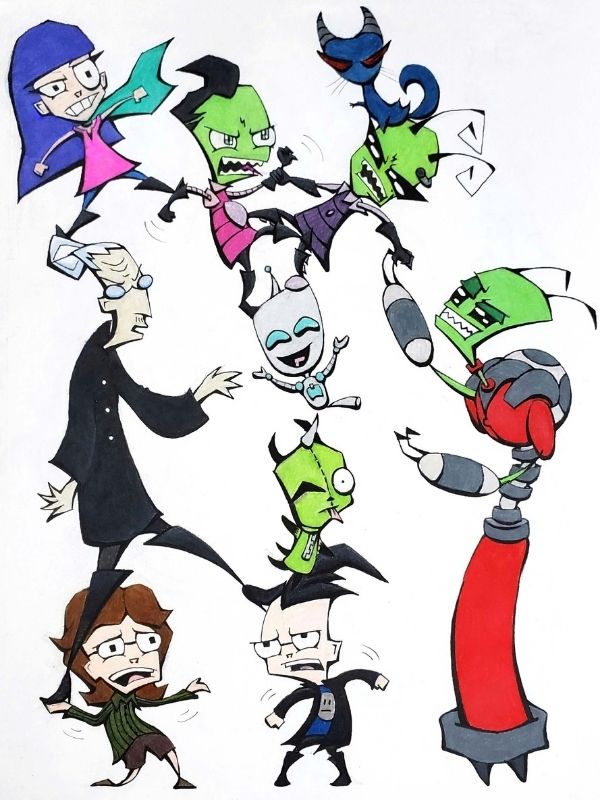
And then, due to gaining new life experiences, I took up a completely new medium because it reflected a new version of myself at that time.
See how my art progressed naturally from cartooning to watercolour?
- To my surprise, I bought a set of Faber-Castell watercolour pencils on a whim
- Lastly, my art style transitioned into what it is at this current moment: watercolour paintings with a colourful but dark visual aesthetic
Note: If you’re interested in learning more about watercolour painting, feel free to check out the following related articles:
- How to Paint With Watercolours: Skyrocket Your Skill Level
- 9 Best Watercolour Techniques You Should Know
- 7 Mistakes All Watercolour Beginners Make (How to Fix Them)
- How to Paint Beautiful Night Sky Paintings (Watercolour Tutorial)
Truth Bomb #3
You Can Have More Than 1 Art Style
Chances are, you’ve been so focused on developing 1 distinctive art style that you don’t realize that you might already have more than 1.
And that’s okay!
Some artists want to experiment a lot because they want to explore many different types of mediums or subject matters.
If you’re this type of creative individual, embrace it!
As I previously demonstrated, my style has evolved a lot over the years.
So much so, that I ended up developing 2 art styles are my own.
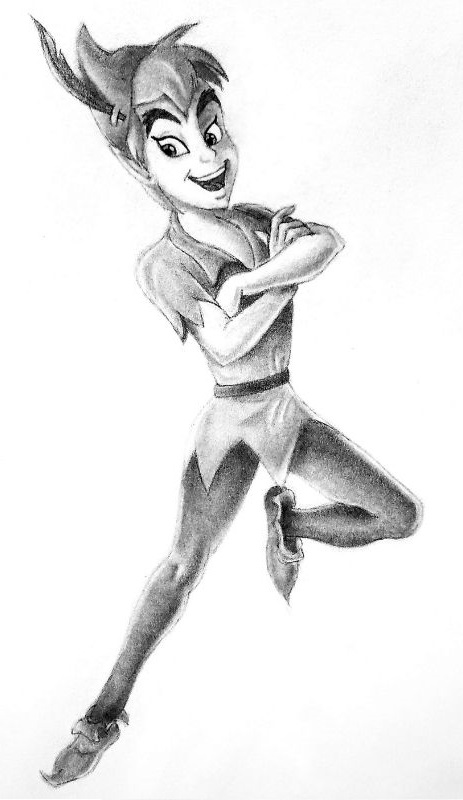
At first, my art style consisted of drawing various cartoon characters because I have always had a strong interest in animation. As such, I purchased Andrew Loomis’ Figure Drawing artbook to help me learn more about anatomy and proportions.
In the early days, I mostly drew using the awesome Stadetler Mars Lumograph graphite pencils (as demonstrated in this artwork of Peter Pan) since I didn’t have many art supplies at that time. Sometime later, my style evolved into inking and coloured pencils.
Then, after exploring watercolour pencils, I transitioned into a new art style that now incorporates the White Nights Watercolour pans and Silver Blacket Velvet brushes.
Did I abandon my old style? Of course not! It just means that I am willing to let my art style evolve naturally.
So, the biggest takeaway here is to not worry about boxing yourself into a single art style. After all, you could be limiting your potential.
Keep experimenting, exploring, and learning.
And soon enough, you’ll come to realize that having a defined art style isn’t the end all be all.
How to Improve Your Style
Study Your Craft & Practice
Make sure you have developed a routine in which you regularly set aside time for honing your skills and techniques. To do this, you can:
- Draw in your sketchbook every single day
- Buy art books or study artwork from online artists to learn from those who are experienced in their creative fields
- Watch Youtube tutorials for step-by-step instruction and guidance
- Subscribe to Skillshare or Udemy for access to online courses
- Join art communities on Facebook to ask questions, get support, and seek out advice from like-minded individuals
If you need some guidance to help you create consistent art routines, check out this article about time management for artists to increase productivity.
Draw From Life
One of the best ways to improve your art style is by drawing from life.
For example, if you enjoy drawing cartoons or anime, you should be drawing people to learn proper anatomy and proportions before you break the rules and stylize them
Or, if you enjoy drawing or painting, refer to nature for colour palette inspiration. Observe the natural S curves in nature (trees, branches, leaves, etc.) and do many studies in your sketchbook.
By drawing from life, you’re learning about fundamental techniques such as light and shadow, form, texture, and so on.
Incorporating these techniques into your art will help you narrow in on the traits that you want to replicate in your own art.
Related: Learn how to draw from life by following these easy drawing tutorials which are based on subject matter from nature.
Use References
I’ve never understood why some artists are so against the idea of using references.
Could you draw a T-rex purely from memory? A 747 airplane? The Eiffel Tower?
No, you probably can’t.
At least, not without referencing the subject matter and doing studies of it over and over and over.
So, think about the subject matter you often depict in your artwork. Do you enjoy drawing pretty girls? Painting landscapes? Creating political and satirical comic strips?
Whatever it is, use references to master the subject matter that you often depict in your art style.
To start out, find some artists that inspire you and have a look at their portfolios. What aesthetically appeals to you?
Now, you’re not going to directly copy their style, but I want you to borrow artistic elements to influence your art style and experiment with them in your own work.
Here are a few quick links to some of my Pinterest boards which are filled with tons of different kinds of FREE references for you to use in your artwork:
- Drawing Tutorials
- Figure Drawing References
- Character Design Inspiration
- Pose References
- Clothing References
Conclusion
There you have it: 3 truth bombs about developing your art style!
Let’s do a quick recap:
- Truth bomb #1: Everyone has their own art style
- Truth bomb #2: Your style is always evolving
- Truth bomb #3: You can have more than one art style
The biggest takeaway I want you to get from this article is to understand that you don’t need to force your style.
The more you try to force it, the harder it will probably be for you to develop it. But why is this so?
Because you’re not trusting your instincts to let your art style develop naturally and authentically.
So let go of any limiting beliefs or misconceptions you might have about your art style and simply let it be.
If you enjoyed this article, then make sure you check out this article which suggests the best drawing supplies for artists.
Do you agree with these art style truth bombs? Comment below!
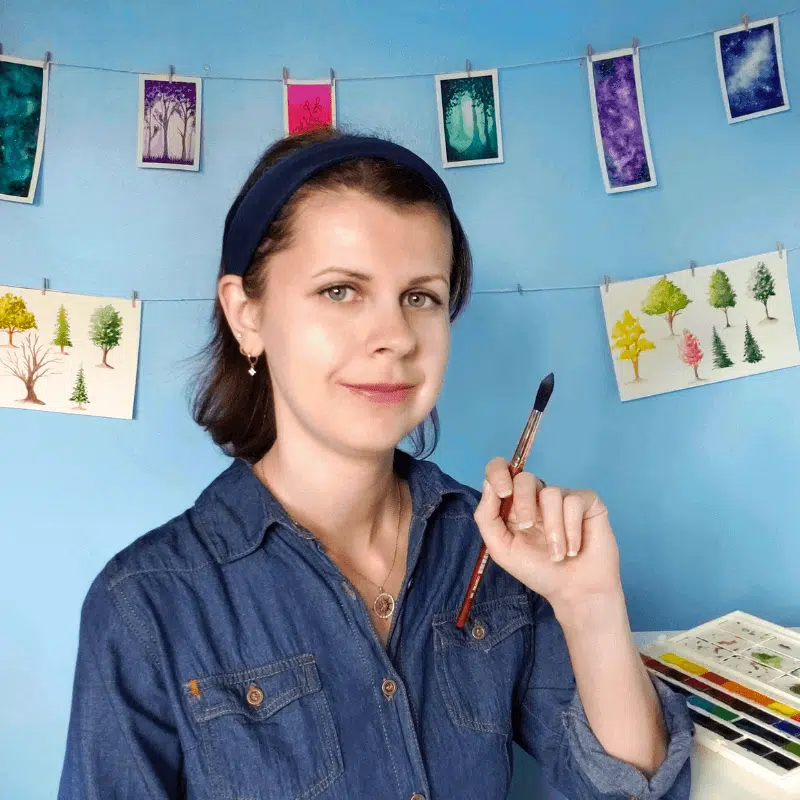
Miranda Balogh
Artist & Online Educator

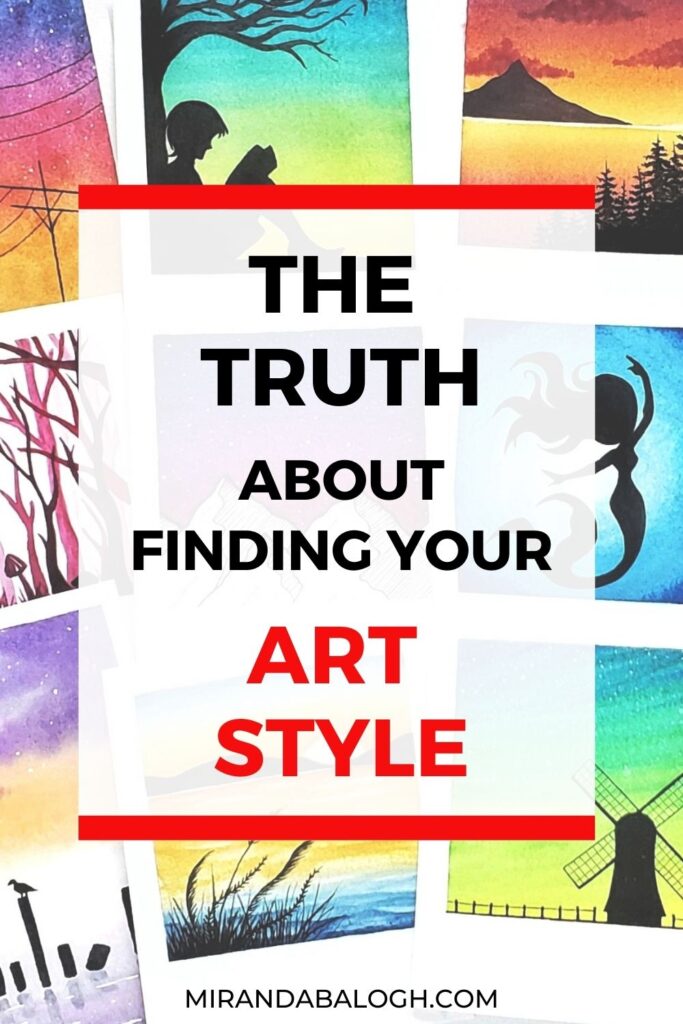
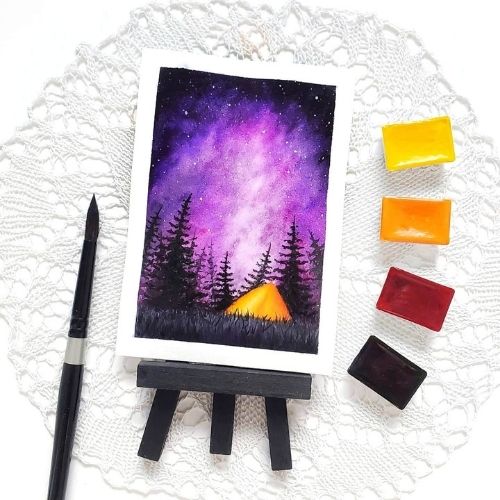
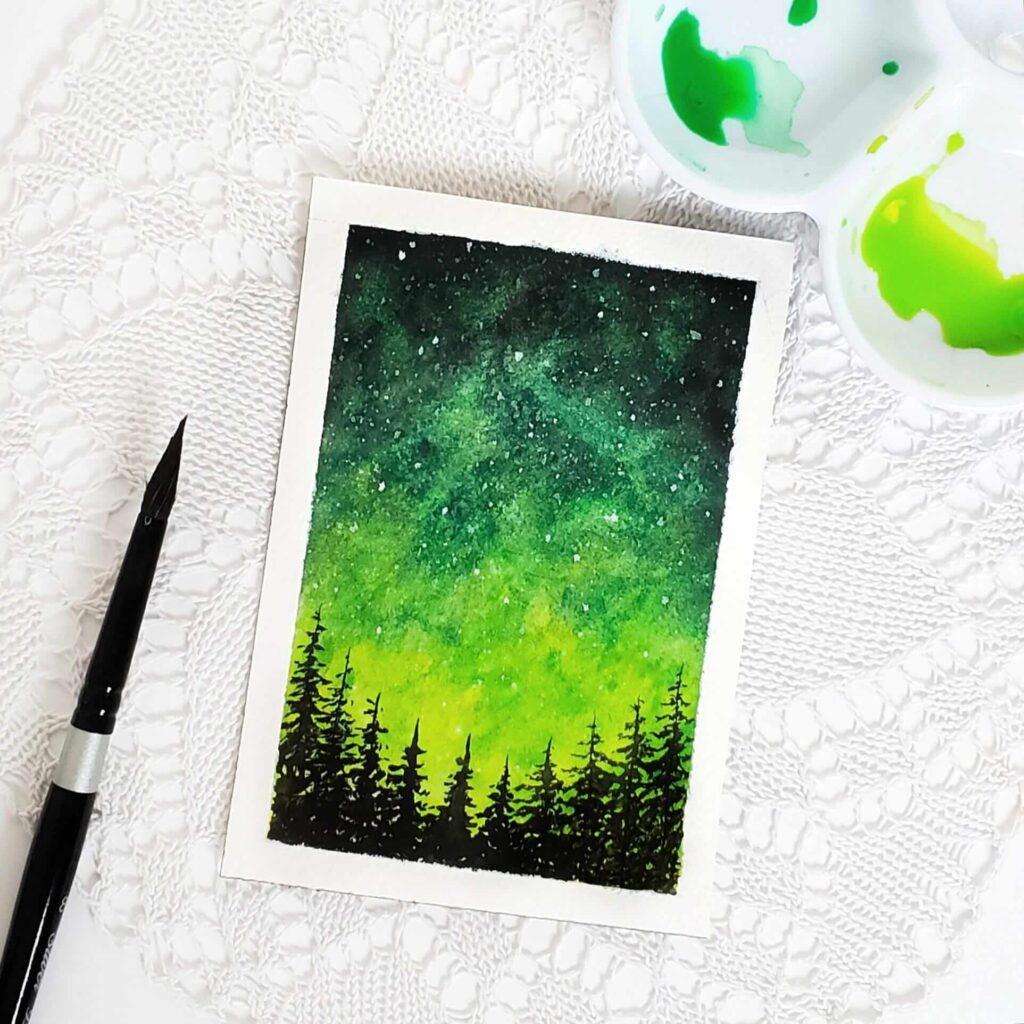
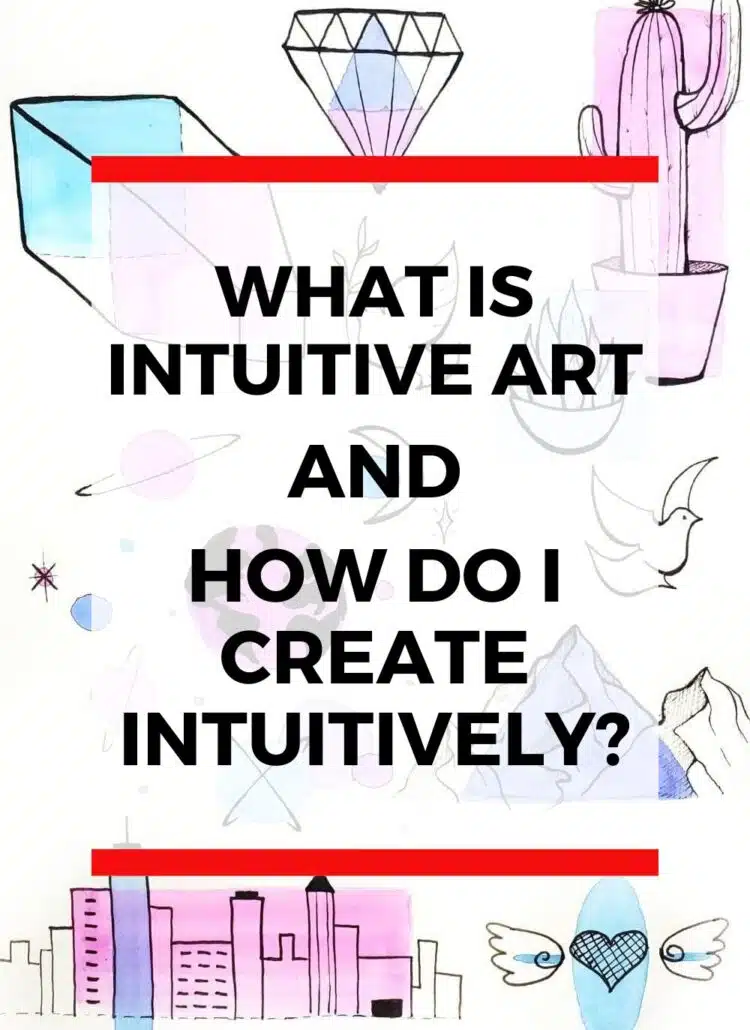
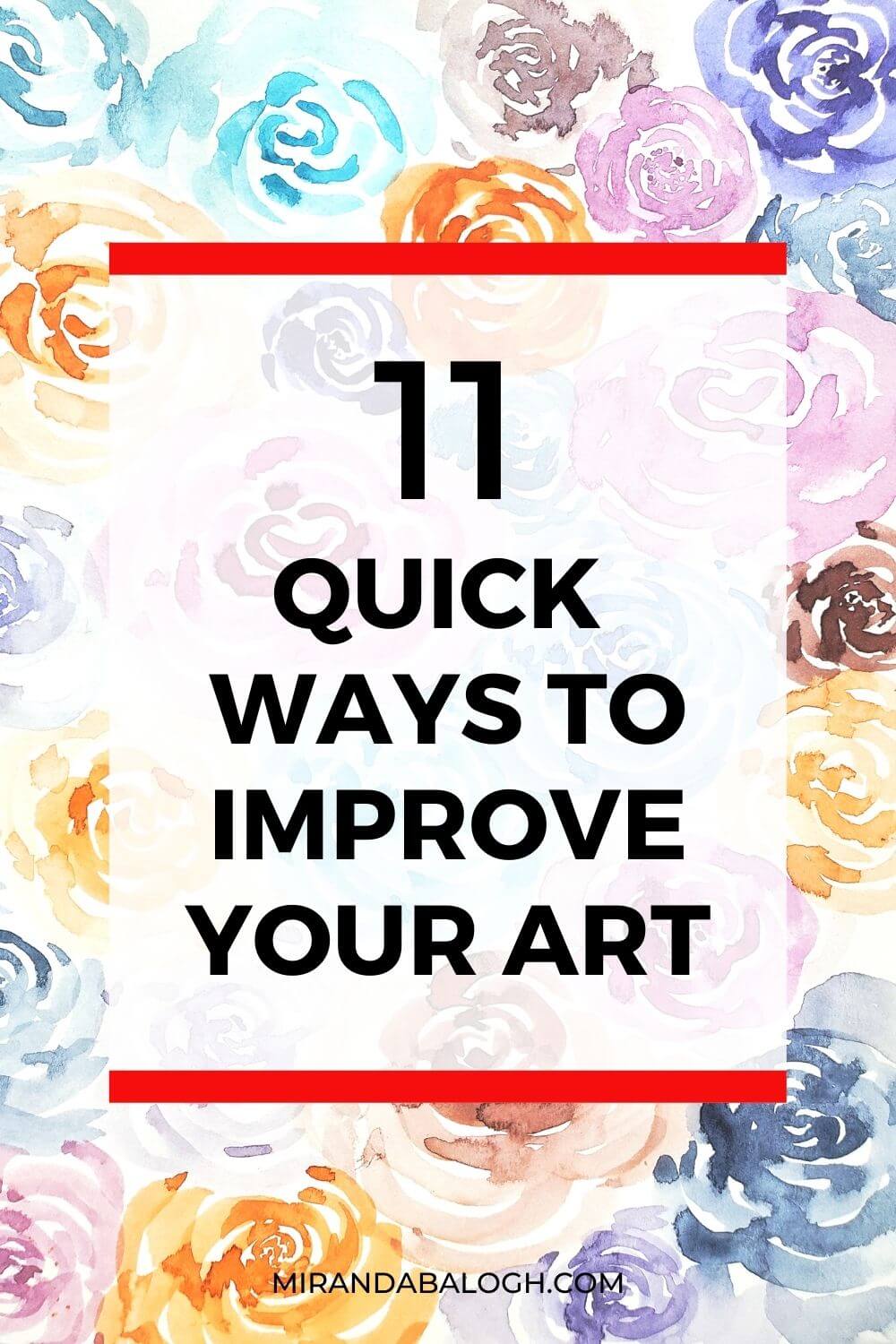
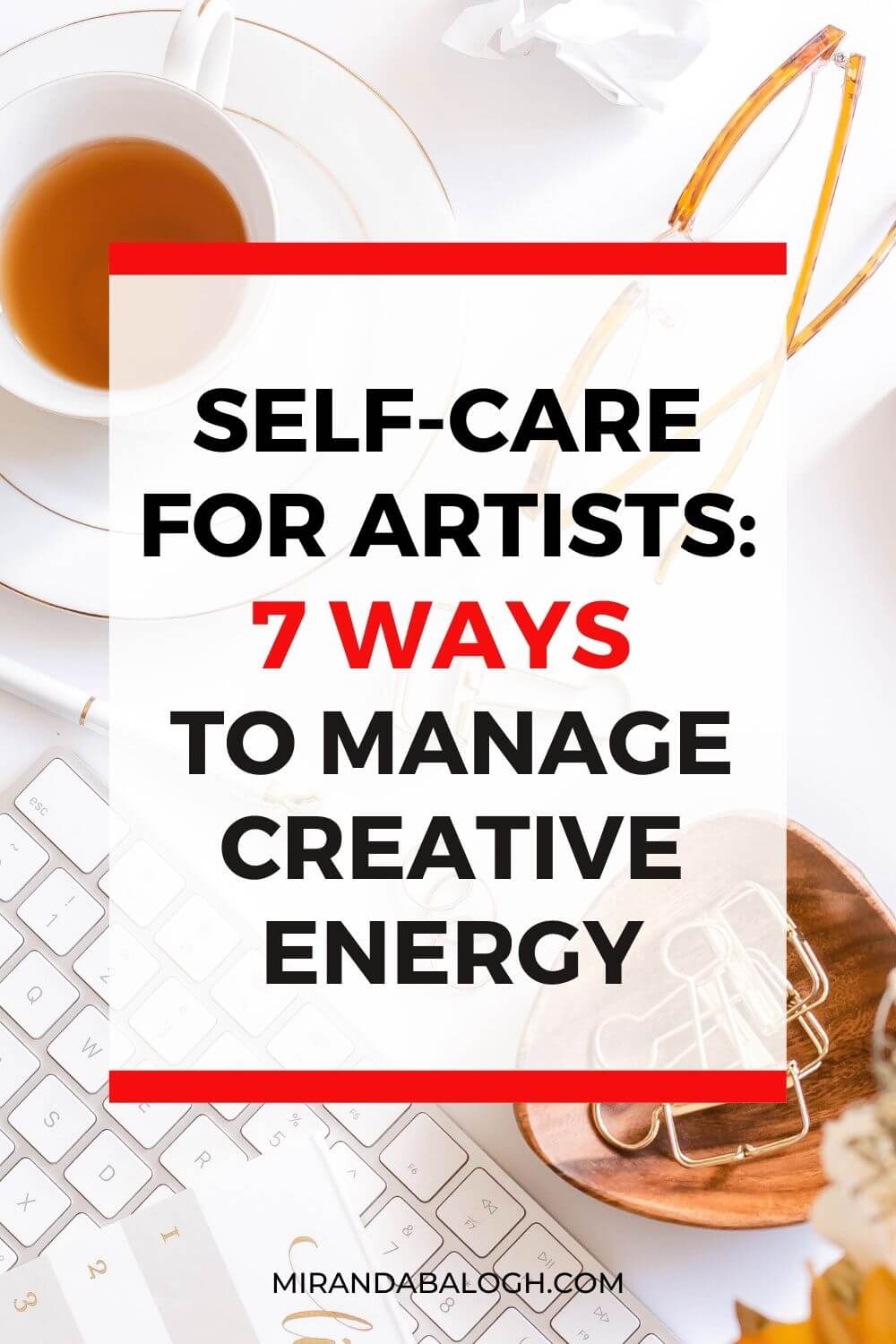
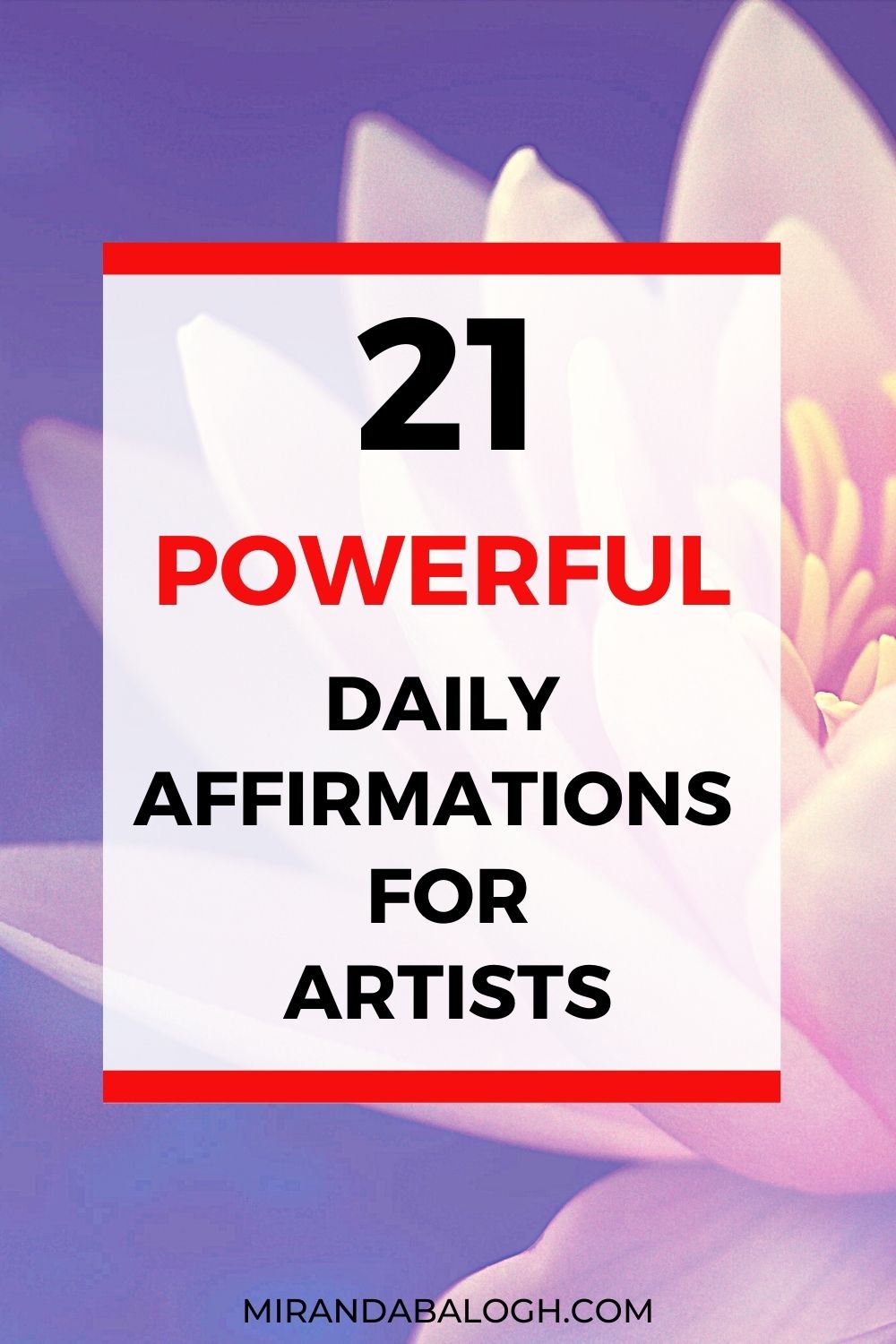
Oh my goodness!! I’m so happy to read this advice!! It is so freeing. I see now my self talk has been self limiting!! Thank you so much.
You’re welcome! I’m glad that the advice in this article has been enlightening for you.
i need a better solution because i have done this multiple times and it never works. 🙁
sadly,
Cora
Hi Cora! I’m sorry to hear that you’re struggling with this issue.
Have you considered journaling about your limiting beliefs that’re related to art? That might help you get to the root of the problem. If I think of any other ideas, I’ll leave them here. Good luck, and I hope you find a way to overcome the mental blocks!
I was pleasantly surprised and delighted to find this web site. This article is absolutely the best I’ve read in finding your style. Thank you!
Thank you for your kind words! I’m glad you got some value from this article.